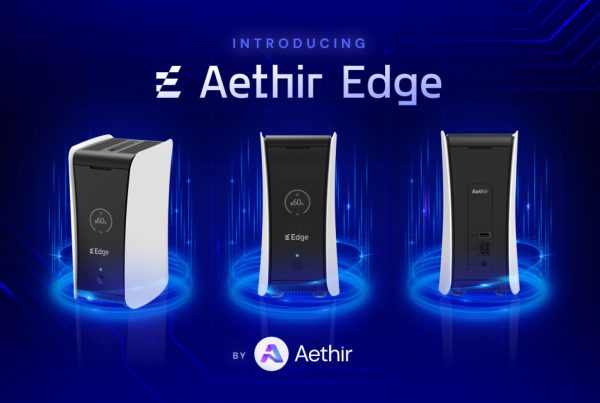
Blockchain runs in a decentralized manner, but still provides privacy, security, and immutability. The lack of a central authority is the main reason users love the ecosystem, yet every transaction is verified, recorded, and safeguarded. This happens because the blockchain technology runs on a consensus algorithm, which is a fundamental part of the technology.
Blockchain consensus mechanisms allow users and machines to coordinate in a distributed setting. These algorithms ensure that all parties in the protocol reach a common agreement about the present condition of the network. These algorithms validate, verify, confirm transactions, and are responsible for how smart contracts are run. Many algorithms establish trust between the peers of the blockchain ecosystem, such as Bitcoin, Ethereum, Solana, etc. This way, all agents run the technology in a way that’s beneficial to the network. Examples of these algorithms are CeFi, DeFi, PoW, PoS, DPoS, etc.
As blockchain technology continues to evolve, so more consensus mechanisms are developed. As a result, TeDefi emerged. TeDefi, like PoW, is an algorithm that intends to improve communication between users and smart contracts. TeDefi has been making waves in recent times, and has caught the attention of users who want to know more about it. So, what is TeDefi, and what does it intend to achieve in the blockchain space?
TeDefi: How is it Different from Other Consensus Algorithms?
TeDefi may be newer than all consensus mechanisms, but its infrastructure is aimed at improving interaction amongst agents in the network. Before we discuss what TeDefi brings to the table, let’s analyze how other algorithms facilitate communication and their downsides.
Centralized Finance: Pros and Cons
Undoubtedly, CeFi is the most popular algorithm and the earliest in the blockchain space. At first, CeFi used to be the only reliable way of buying and selling cryptocurrency. These cryptos are traded on a marketplace known as centralized exchanges.
Although they are somewhat stable and straightforward to use, CEXs are susceptible to hacks and are often accused of lack of transparency. In addition, they don’t allow users full control over their assets. This can be problematic for asset holders, especially traders that may need to conclude a transaction at odd hours. CEXs don’t allow the trading of certain tokens because they rely on order books to facilitate transactions.
Decentralized Finance: Pros and Cons
Decentralized finance or DeFi gave users more liberty over their assets, unlike the authoritarian CeFi. Decentralized finance consists of applications that run on the blockchain in a decentralized manner without the need of a third-party. Uniswap and SushiSwap are examples of DeFi. Apart from accessibility, security is better in DeFi applications because data can be stored on several nodes, making it difficult for hackers to break in. In addition, DeFi applications allow users to earn interest on their investments by adding liquidity to the pool.
Despite the benefits, there are still some drawbacks. There’s the issue of limited integration, poor user experience, and lack of oversight. Scalability is still a big issue.
Proof of Work: Pros and Cons
The Blockchain network uses the Proof of Work consensus algorithm. It allows a particular miner to mint bitcoin by solving a complex mathematical puzzle. This mathematical calculation requires lots of computational power. However, the problem of this algorithm is scalability and slow transaction times, especially if they are several transactions to verify.
Proof of Stake: Pros and Cons
The Ethereum network moved from Proof of Work to Proof of Stake to solve the problems of high fees, high power consumption, and slow transaction times. However, PoS didn’t solve scalability, and interaction with smart contracts is still fairly poor.
TeDefi emerged with the mission to solve the issues wrong with the above consensus mechanisms. TeDefi analyzed the bottlenecks with other mechanisms and sought to find a solution. With TeDefi, users don’t have to deal with gateway issues to buy or sell cryptos.
To solve gateway problems, TeDefi provides an infrastructure that enables validator nodes to interact directly with the Telegram Bot through the MTProto. This interaction is overly secure.
In a bid to improve interaction, TeDefi allows developers to create Telegram Bots on the protocol. This facilitates the trading of cryptocurrency and access to DApps. By communicating directly with the Bots, slow transaction times and poor scalability becomes a thing of the past.
TeDefi truly aims to redefine how agents interact with smart contracts. It is believed that this consensus mechanism is the future because it not only improves scalability, but lowers gas fees.
Check out the TeDeFi bot for more information.



